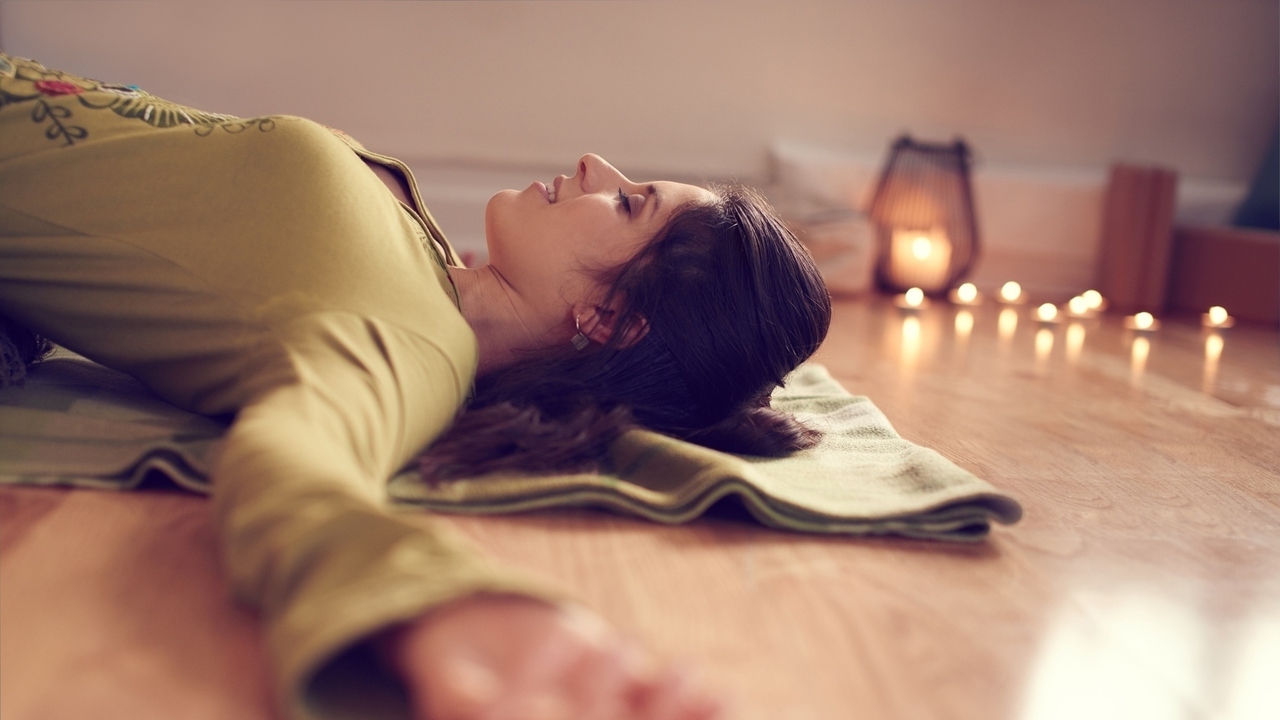1. What exactly happens inside me to trigger my asthma?
The bronchi (or small tubes that transport air to and from lungs) over-react to some stimuli and set-off a chain of events. Theses stimuli in a non-asthmatic person are encountered by the immune system and ignored but in the case of an asthma patient, the trigger irritates the bronchi walls where the tissues and muscles start to spasm as a response. Soon afterwards, the cells and tissues begin to swell/inflame leading to narrowing of the air tubes allowing lesser oxygen to reach the lungs. This gives a feeling of chest-tightness in many patients. The cells in the bronchi wall then start to produce excessive mucous (also known as phlegm) as a hyper immune response to encountering the trigger which causes further narrowing and obstruction in the bronchi. The production of phlegm in a restricted air passage causes coughing and further breathlessness.
2. What are the triggers I should be wary of?
There are as many causes to asthma as there are symptoms – ranging from genetic to external triggers (stimuli). Here’s a list of the factors found present in most of the cases:
• Heredity: Researches have shown 25 genes associated with asthma common across various races in the world. These genes are all immune-response genes. However, it has also been found that certain genes only cause asthma when combined with certain environmental factors. (Source: Martinez FD (2007). "CD14, endotoxin, and asthma risk: actions and interactions". Proc Am Thorac Soc 4 (3): 221–5. doi:10.1513/pats.200702-035AW. PMID 17607003.)
• Hyper-immune-response to allergens: As discussed in the workings of asthma.
• External Triggers: Pollens, cigarette smoke, outdoor smoke (containing nitrogen dioxide or sulphur dioxide), cold air, cockroach killing sprays, high levels of humidity, high levels of ozone in air, smog, swimming pool chlorine, bleaches, other ammonia or chlorine products that give out fumes, etc.
• Indoor Triggers: Mold spores, carpets, stuffed furniture, pet fur, dust mites, cockroach allergens, aerosols, flour, certain perfumes and chemicals such as detergents.
• Medication: Beta-blockers, aspirin, increase in the usage of paracetamols and the penicillin family of drugs are potent triggers.
• Exercise: The sudden and volumic exposure of the bronchi walls to cold and dry air at times of strenuous or exertive workouts can trigger a short-term bout of asthma.
• Foods: some asthmatics respond severely to nuts, milk, egg, etc.
• Stress and Anxiety: These act as immune-modulators and can potentially lead to an inflammation response to any number of allergens and pollutants.
• Hormones in adolescent girls
• C-sections in some cases have been noted to bring on asthma in women. The exposure to bacteria in vaginal (normal) birth is different than those at the time of a C-section which also modulates the immune response in many women.
• Occupational hazards: People who are in frequent contact with flour, animal proteins, certain enzymes, dyes, chemicals, etc. at their workplace are more prone to asthmatic attacks than others.
• Repeated use of antibiotics, cleaning products in early childhood (The Hygiene Hypothesis) makes adults more prone to asthma.
3. What should I do if I have an asthma attack a public place?
• Sit comfortably in a chair. Do not lie down.
• Relax your shoulders and neck.
• Try not to gasp for air.
• Breathe in slowly through your nose. Concentrate.
• Purse your lips together tightly and blow out slowly through your mouth. Take as much time as possible to exhale in this way.
• Relax. Keep using the pursed-lip breathing until the breathless feeling goes away. Rest between breaths if you feel dizzy.
• Call a doctor or an emergency service.
ALL INFORMATION GIVEN IN THIS ADVOCACY SHEET IS TO BE CHECKED WITH YOUR DOCTOR BEFORE IMPLEMENTING THEM OR TAKING THEM AS STANDARD OR VERIFIED.
Mamta Singh is a published author of the books Migraines for the Informed Woman (Publisher: Rupa & Co.) and the upcoming Rev Up Your Life! (Publisher: Hay House India). She is also a seasoned business, creative and academic writer. She is a certified fitness instructor, personal trainer & sports nutritionist through IFA, Florida USA. Mamta is an NCFE-certified Holistic Health Therapist SAC Dip U.K. She is the lead writer and holds Expert Author status in many well-received health, fitness and nutrition sites. She runs her own popular blogs on migraines in women and holistic health. Mamta holds a double Master's Degree in Commerce and Business. She is a registered practitioner with the UN recognised Art of Living Foundation. Link: http://www.migrainingjenny.wordpress.com and http://www.footstrike.wordpress.com






Add a CommentComments
There are no comments yet. Be the first one and get the conversation started!